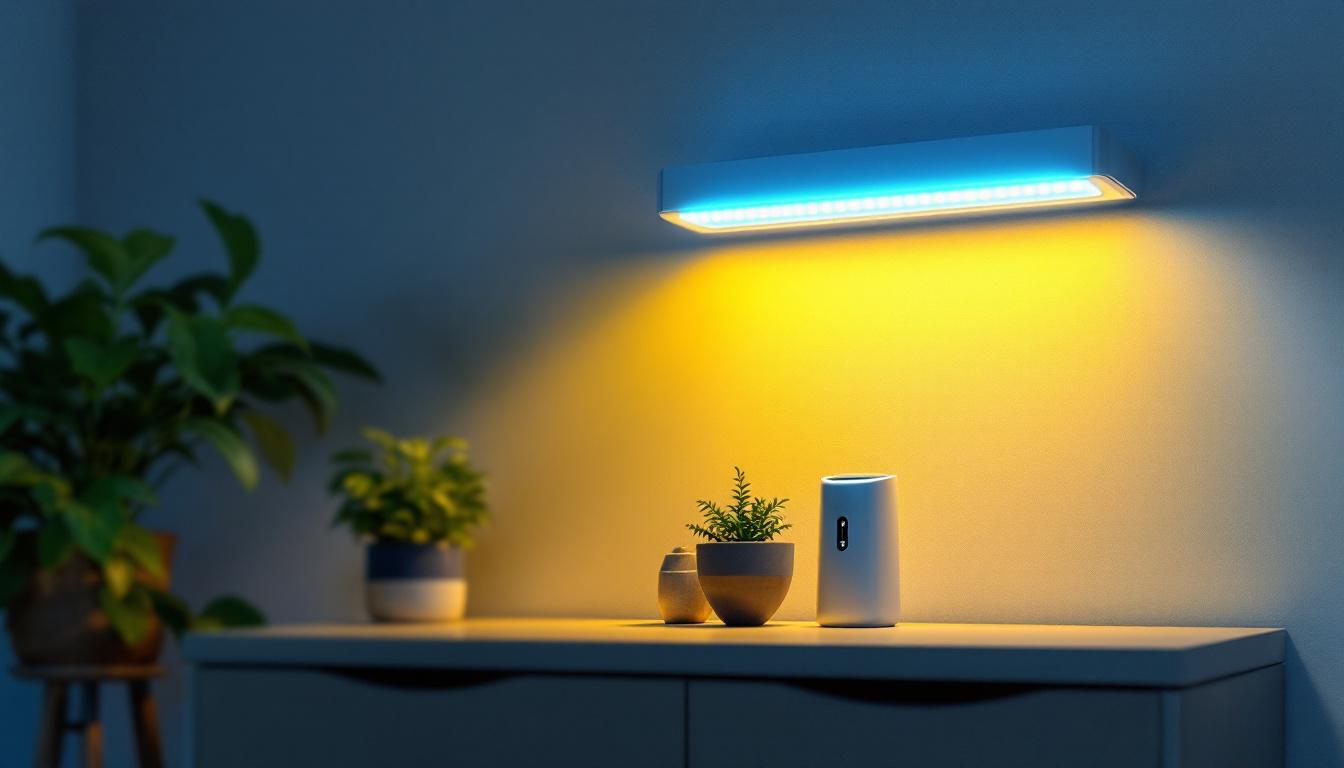
As the world continues to grapple with the challenges posed by infectious diseases, the importance of effective sanitation methods has never been clearer. In this context, ultraviolet (UV) light has emerged as a powerful tool in the arsenal of modern lighting solutions. This article explores the role of UV disinfectants in contemporary lighting, examining their applications, benefits, and implications for lighting contractors.
UV disinfection technology utilizes ultraviolet light to eliminate or inactivate microorganisms, including bacteria, viruses, and fungi. This method is based on the principle that UV light damages the DNA or RNA of these pathogens, rendering them incapable of reproduction and infection.
There are three primary types of UV light: UVA, UVB, and UVC. Among these, UVC light (with wavelengths between 200 to 280 nanometers) is the most effective for disinfection purposes. It is important for lighting contractors to understand the science behind UV disinfection to effectively incorporate it into their projects.
The effectiveness of UV disinfection lies in its ability to disrupt the genetic material of microorganisms. When exposed to UVC light, the bonds within the DNA or RNA of pathogens are broken, preventing them from replicating. This process is rapid and does not require the use of chemicals, making it an environmentally friendly option.
UV disinfection systems can be integrated into various lighting solutions, such as overhead fixtures, portable lamps, and even HVAC systems. This versatility allows contractors to tailor solutions to specific environments, whether in healthcare facilities, schools, or commercial spaces. Furthermore, the technology can be adapted for use in water treatment systems, where UVC lamps are employed to purify drinking water by inactivating harmful microorganisms without altering the water’s chemical composition.
UV disinfection is increasingly being utilized in a wide range of applications. One of the most prominent areas is healthcare, where the need for stringent sanitation protocols is paramount. UV lights can be installed in patient rooms, operating theaters, and waiting areas to reduce the risk of hospital-acquired infections.
In addition to healthcare, educational institutions are also adopting UV disinfection technologies. Classrooms, libraries, and common areas can benefit from the continuous disinfection offered by integrated UV lighting systems, ensuring a safer environment for students and staff alike. Beyond these sectors, the food industry is also leveraging UV disinfection. Food processing plants are incorporating UV light into their sanitation processes to eliminate pathogens on surfaces and equipment, thus enhancing food safety and extending shelf life. This broad applicability highlights the growing recognition of UV disinfection as a crucial component in maintaining public health across various environments.
The integration of UV disinfection into lighting solutions offers numerous advantages. Understanding these benefits can help lighting contractors make informed decisions when designing and implementing systems for their clients.
One of the primary benefits of UV disinfection is its ability to enhance safety and hygiene. By effectively eliminating harmful pathogens, UV lighting solutions contribute to a healthier environment. This is particularly crucial in high-traffic areas where the risk of contamination is elevated.
Moreover, UV disinfection can complement traditional cleaning methods, providing an additional layer of protection. While routine cleaning is essential, it may not always reach every surface or eliminate all pathogens. UV light can fill these gaps, ensuring a more thorough disinfection process.
In addition to its efficacy against bacteria and viruses, UV disinfection can also help in controlling mold and mildew growth, which can thrive in damp environments. This is especially beneficial in places like gyms, swimming pools, and locker rooms, where moisture levels are typically high. By proactively reducing mold spores, UV lighting not only improves air quality but also helps maintain the structural integrity of facilities, preventing costly repairs and renovations down the line.
Implementing UV disinfection in lighting solutions can also be cost-effective in the long run. Although the initial investment may be higher than traditional lighting systems, the reduction in healthcare-associated infections can lead to significant savings. Fewer infections mean lower healthcare costs, reduced absenteeism, and increased productivity.
Furthermore, UV disinfection systems can operate continuously without the need for downtime, allowing facilities to maintain their regular operations while ensuring a sanitized environment. This efficiency is a significant advantage for businesses looking to optimize their resources.
Additionally, the longevity of UV light sources can contribute to overall cost savings. Unlike conventional bulbs that may require frequent replacements, UV lamps are designed to last longer, reducing maintenance costs and labor associated with changing out lights. This durability, combined with the energy efficiency of many modern UV systems, makes them an attractive option for businesses aiming to reduce their carbon footprint while enhancing their cleaning protocols.
While the benefits of UV disinfection are clear, lighting contractors must also be aware of several considerations when integrating these systems into their projects. Understanding these factors can lead to more successful implementations and satisfied clients.
Safety is paramount when working with UV light. UVC radiation can be harmful to human skin and eyes, necessitating the implementation of safety measures. Contractors must ensure that UV disinfection systems are designed to minimize exposure to personnel and the public.
Proper signage, automatic shut-off features, and protective enclosures are essential components of a safe UV disinfection system. Additionally, training for staff on the safe operation of these systems is crucial to prevent accidents and ensure compliance with safety regulations. Regular safety audits and maintenance checks can further enhance the safety of these installations, ensuring that all components function correctly and that any potential hazards are promptly addressed.
Lighting contractors must also be aware of regulatory compliance regarding UV disinfection systems. Various organizations, including the Environmental Protection Agency (EPA) and the Centers for Disease Control and Prevention (CDC), provide guidelines on the safe use of UV technology.
Staying informed about the latest regulations can help contractors avoid potential legal issues and ensure that their systems meet industry standards. This knowledge also positions them as trusted experts in the field, enhancing their reputation among clients. Furthermore, understanding the nuances of local and state regulations can be beneficial, as compliance requirements may vary significantly by region. Engaging with professional organizations or attending industry seminars can provide valuable insights and updates, equipping contractors with the tools they need to navigate the regulatory landscape effectively.
The future of UV disinfection in lighting solutions looks promising, with ongoing advancements in technology and growing awareness of its benefits. As more industries recognize the importance of sanitation, the demand for UV disinfection systems is expected to rise.
One of the emerging trends is the integration of UV disinfection systems with smart technology. Smart lighting solutions equipped with UV disinfection capabilities can be controlled remotely, allowing for precise scheduling and monitoring. This integration enhances convenience and efficiency, making it easier for facility managers to maintain a sanitized environment.
Additionally, smart systems can provide real-time data on UV exposure levels, ensuring that disinfection protocols are followed effectively. This data-driven approach can help organizations optimize their sanitation efforts and demonstrate compliance with health and safety standards.
Moreover, the integration of UV disinfection with smart home systems is also gaining traction. Homeowners can now manage their UV disinfection systems through mobile applications, allowing them to activate disinfection cycles while away from home. This not only promotes a healthier living environment but also provides peace of mind, especially during flu season or in the wake of viral outbreaks. As smart technology continues to evolve, we can expect even more sophisticated features, such as automated adjustments based on occupancy levels or air quality readings.
Ongoing research and development in the field of UV disinfection are likely to yield new applications and technologies. Innovations such as more energy-efficient UV light sources and advanced materials that enhance UV effectiveness are on the horizon.
Lighting contractors who stay abreast of these developments will be better positioned to offer cutting-edge solutions to their clients. Embracing new technologies can lead to improved performance and greater client satisfaction.
In addition to energy efficiency, researchers are exploring the potential of combining UV disinfection with other technologies, such as photocatalytic oxidation, to create hybrid systems that can tackle a broader range of pathogens. This multi-faceted approach not only increases the efficacy of disinfection but also reduces the reliance on harsh chemicals, making it safer for both users and the environment. Furthermore, as regulatory bodies begin to recognize the importance of UV disinfection, we may see increased funding for research initiatives, paving the way for groundbreaking innovations that could redefine sanitation standards across various sectors.
UV disinfection is transforming the landscape of modern lighting solutions, offering a powerful method for enhancing safety and hygiene in various environments. For lighting contractors, understanding the science, applications, and benefits of UV disinfection is essential for staying competitive in an evolving industry.
As the demand for effective sanitation continues to grow, integrating UV disinfection into lighting systems presents a unique opportunity for contractors to differentiate themselves and provide added value to their clients. By prioritizing safety, compliance, and innovation, lighting professionals can play a pivotal role in shaping the future of sanitation in lighting solutions.
In conclusion, the role of UV disinfectants in modern lighting solutions is not just a trend; it is a necessary evolution in response to the challenges of today’s world. Embracing this technology will not only enhance the quality of lighting installations but also contribute to healthier and safer environments for all.
Ready to elevate your lighting solutions with the power of UV disinfection? At LumenWholesale, we provide lighting contractors like you with the highest quality, spec-grade UV disinfecting lights at unbeatable wholesale prices. Say goodbye to local distributor markups and hello to superior products, free shipping, and the best value for your bulk purchases. Enhance the safety and hygiene of your projects while enjoying the convenience and affordability that only LumenWholesale can offer. Discover our wholesale lighting selection and secure the best value for your lighting needs today.
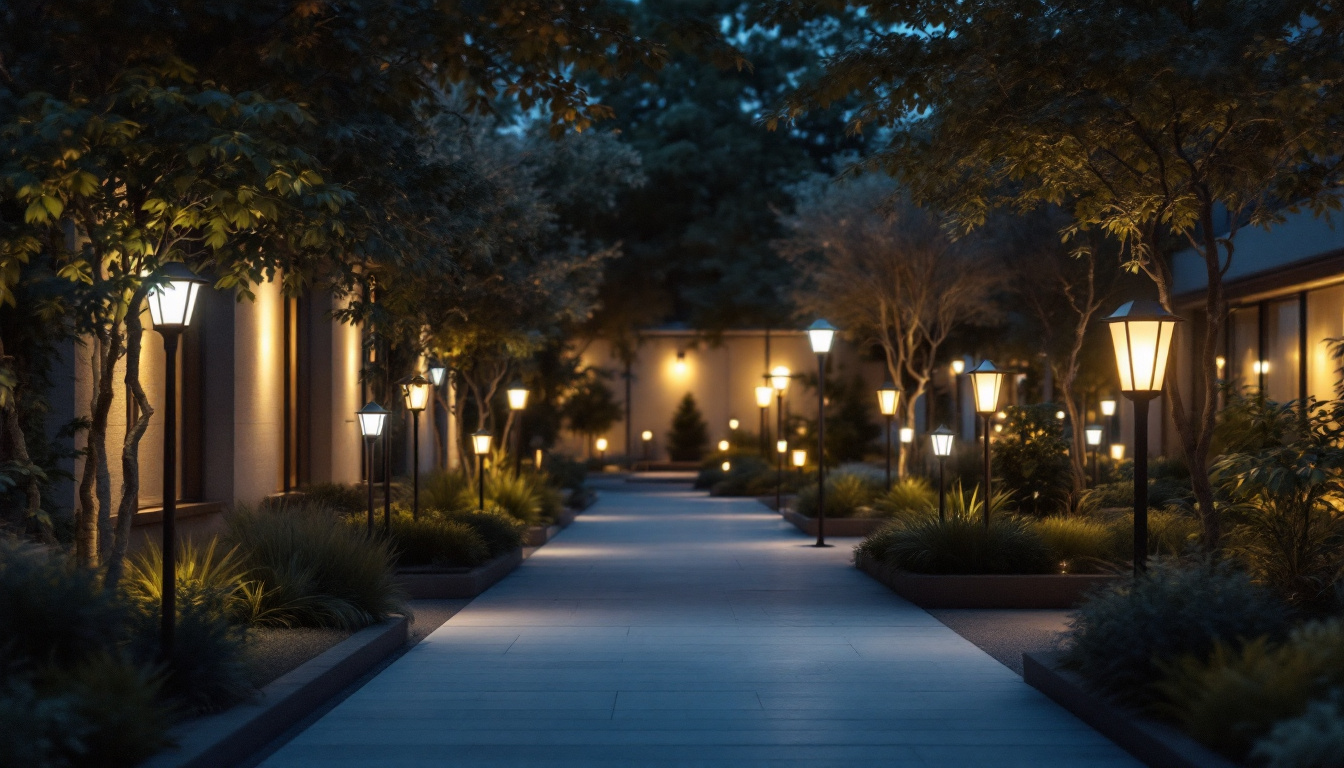
Discover the essentials of LED outdoor lamps in just five minutes with this concise guide tailored for lighting contractors.
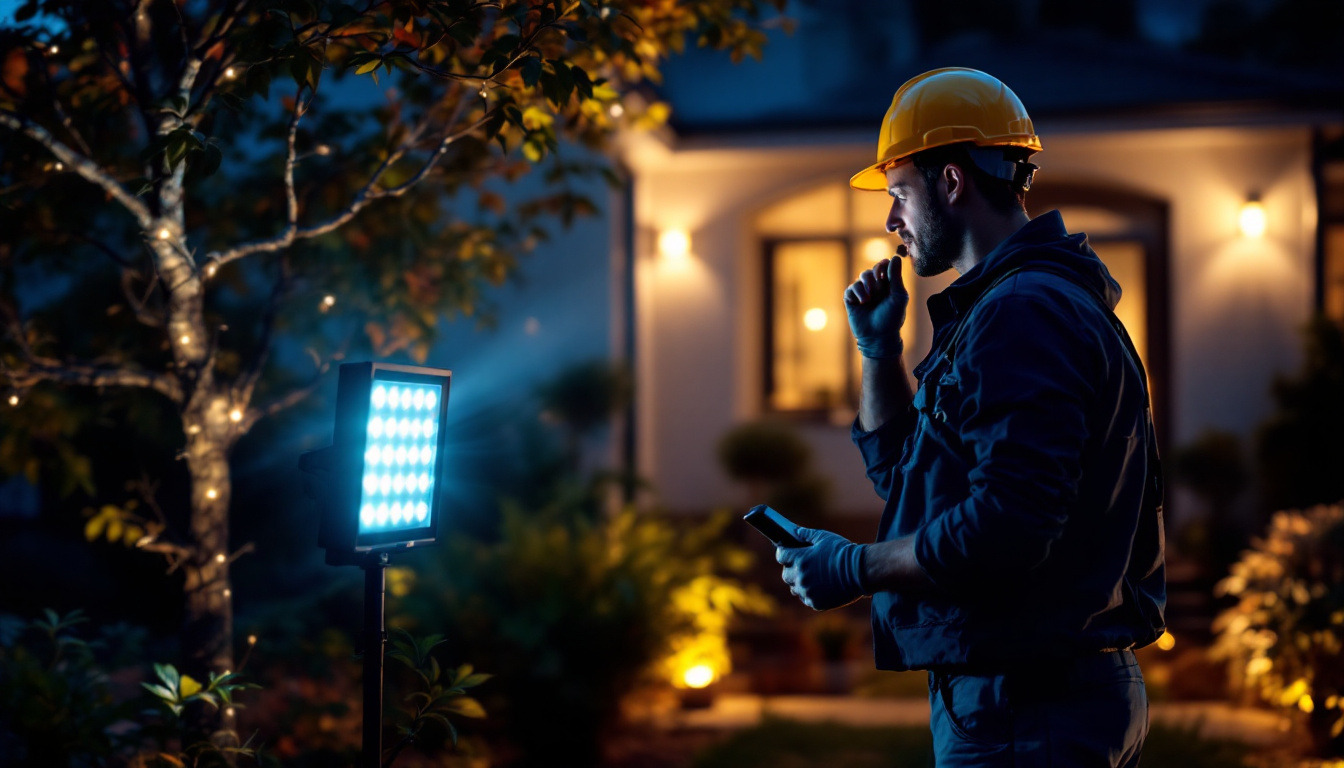
Discover the top strategies lighting contractors use to maximize the efficiency and impact of solar flood lights.
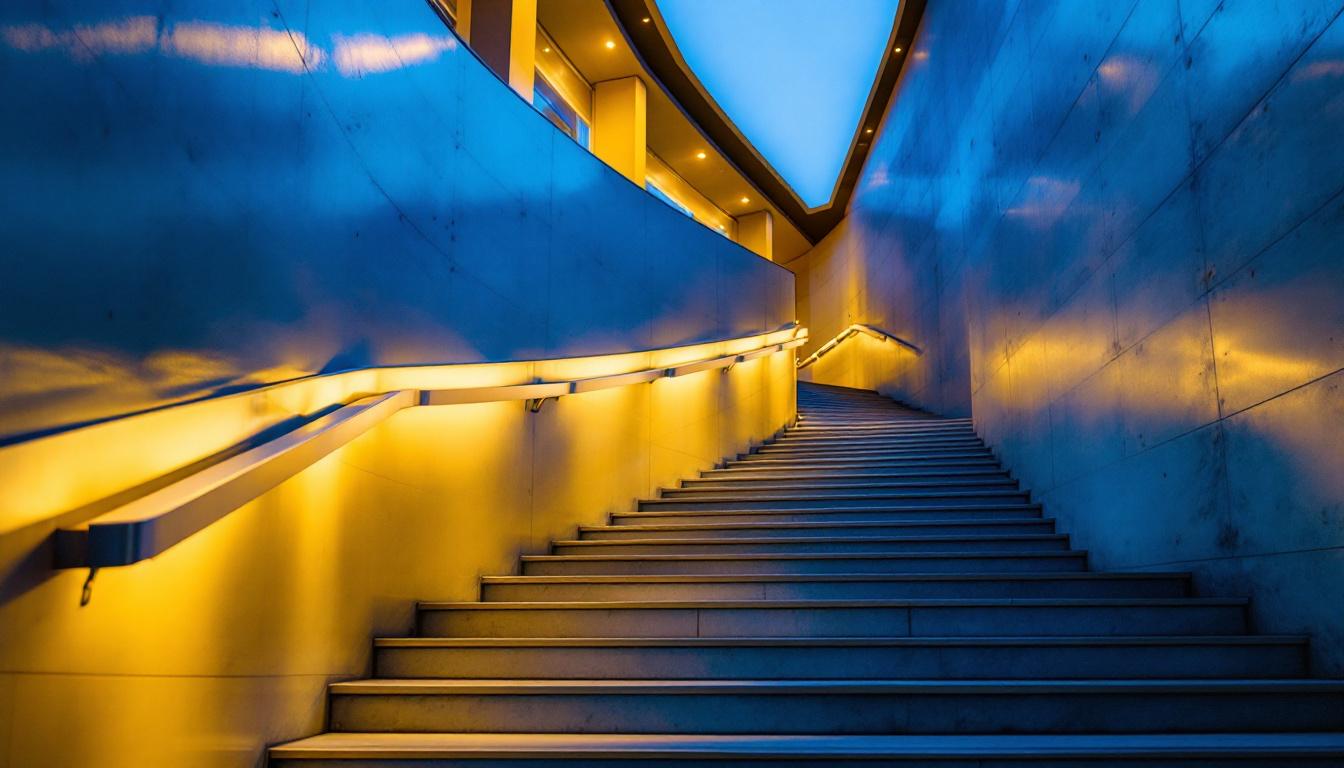
Discover how ceiling lights can transform your stairwell into a stunning focal point.
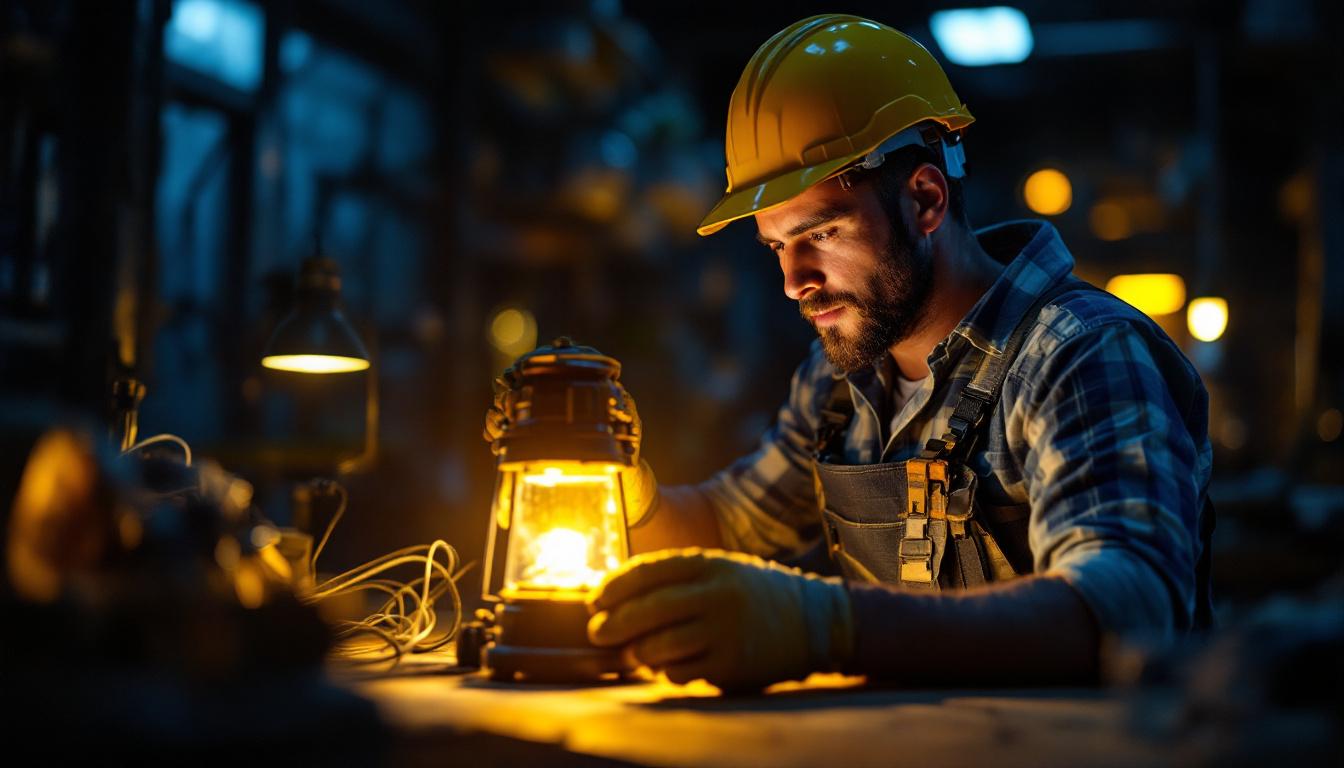
Discover the transformative impact of lantern light LEDs on modern lighting projects.